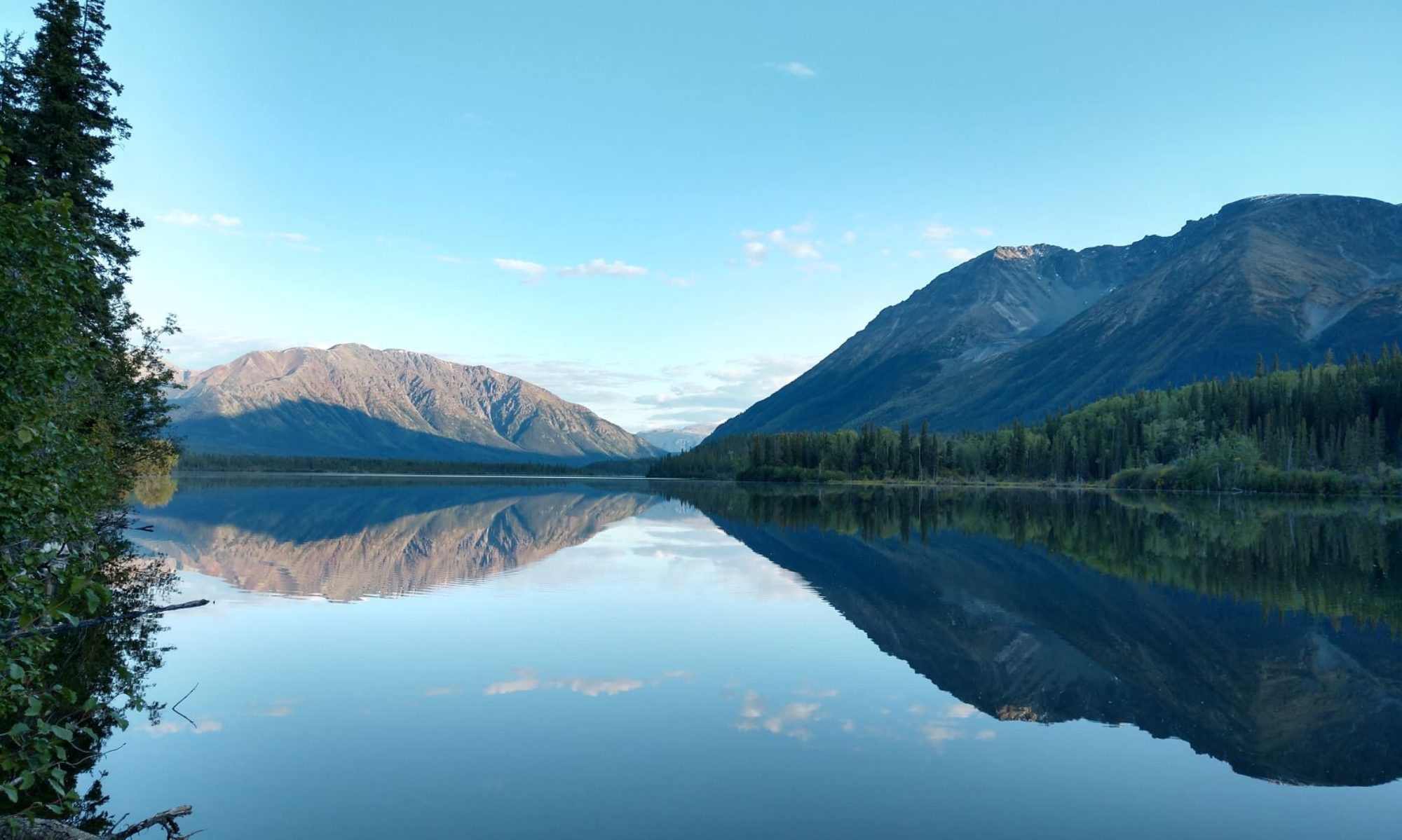A crackling-cold 19 degree pre-dawn start. We’ve gotten considerably better at leaving quietly in the morning. There is a lot we can do before we fire up the engine. If we need to do an extended idle to warm up, we can idle off to somewhere away from the rest of the campground to do that. The night before, I expressed my concern to Judy about bothering our nearest neighbors. They came in after we did last night, and were assigned the spot right next to us. Judy explained that they were all shut up tight with heater fans running, and probably wouldn’t even hear us if we sat right there and ran it. Her point was well taken when I opened the drapes, looked outside, and found our neighbors were already gone. So much for bothering the neighbors with an early startup. In the winter time anyway. We crept out of Raton and popped over the pass into Colorado. A clear-sky spectacular vista greeted us. Snowy mountains to our left. Endless plains to our right. We slid through a sleepy Saturday mooring in Trinidad before anyone even began to stir. Right after, we were greeted by the painfully brilliant sunrise over the plains. Good thing for us we were not headed southeast this morning. I’ve adjusted to this engine/transmission combination. It used to bother me to see the engine rpm drop below two thousand, so I would override and manage the shifting to keep the rpm up. Up, at least over two thousand. But know what? It doesn’t really matter. It might drop to 1700 rpm before it hits the shift point on a hill, but you don’t really gain anything by shifting early and popping it up to 2,500 rpm. It all pulls about the same. And above 2,500 rpm, it doesn’t pull as hard. By then we’ve passed the torque peak. I still manage our speed with the engine brake. When we’re in hilly terrain, I leave the transmission alone, but leave a finger on the engine brake button. The engine brake doesn’t do much at high speeds. You need to be going slower before the transmission can do any constructive downshifting. Approaching an extended downgrade, I need to slow it down to 45 mph, to catch the first big downshift. Then I can ride a 6% downgrade without applying the wheel brakes at all. For 7%, I have to brake occasionally to hold it at forty-five. I love the cruise control. I’ve never had cruise work so directly and so smoothly. On hills, with every gas engine I’ve had, the cruise always disconnects after a given decrease in speed, about ten miles per hour. That happens a lot while driving around Colorado. Lots of long hills to get up. Lots of managing the cruise control. That’s not just a characteristic of motorhomes, it happens on all the cars too. But this cruise control doesn’t do that. Hook it once and you’re done. No lag. Just immediate and solid. It doesn’t overshoot the speed much coming off the top of a hill, or wait to long to accelerate at the start of a hill either. I think they got it just right. Back when we were in cold foggy weather, the windows and outside mirrors got a little hard to see through. Then I remembered! Heated mirrors! I have heated mirrors! Maybe this is what they’re for! It could be that they’re just for melting snow and ice, but maybe they will clear condensation too. I flipped the switch. It worked! The mirrors dried right off. My rear view cleared right up. We’re home. The Bounder has landed. The snow hit when we were three miles from home. Nice timing. Cold and snowy. Colorado. The heaviest weather is projected for the I-25 corridor we just came through. Final bird count: 292.
